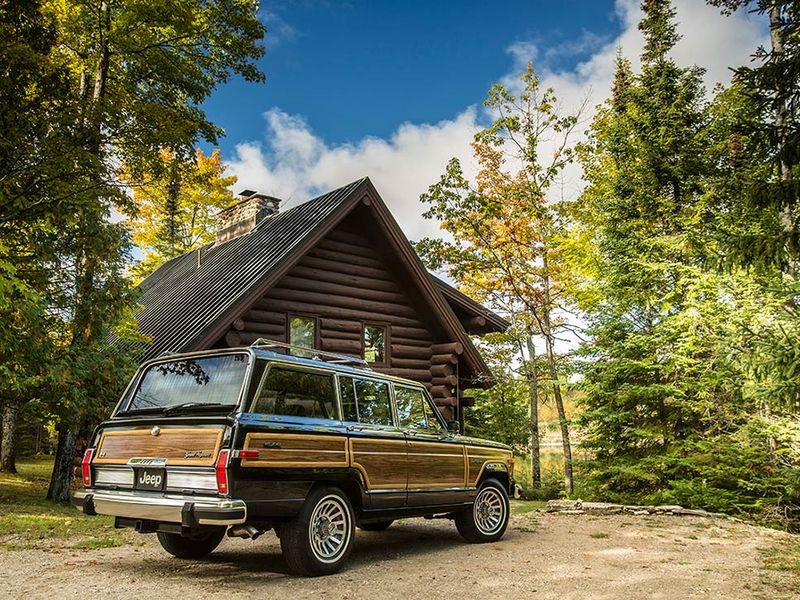
It appealed to a generation of American outdoor enthusiasts, from Maine to Southern California, who coveted it for its well-appointed interior, six-passenger seating, World War II Jeep pedigree and fake wood veneers.
But after the Jeep Grand Wagoneer’s amazing run, Chrysler Corp. ended output of the grandfather of large, plush SUVs on June 20, 1991, at a plant in Toledo, Ohio.
The hulking four-wheel-drive SUV, Jeep’s flagship, fell victim to competition from the Ford Explorer and Range Rover as well as more stringent government regulations. Fewer buyers were willing to pay $30,000 for the leather seats and power windows that had once made the Grand Wagoneer a favorite among affluent households.
The Grand Wagoneer, one of the last remaining gas-guzzlers of its generation, would have required extensive reengineering to meet new U.S. safety standards by 1993. It was replaced by the Grand Cherokee.
Toledo’s Willys Motors Inc. introduced the Grand Wagoneer in October 1962 as a 1963 model. It was designed by Brooks Stevens and was powered by a 3.8-liter Tornado six-cylinder engine with 140 hp. The SUV was among the first and, for years, only luxury full-size utilities with 4wd and enough ground clearance to handle riverbeds and dirt roads.
It was also the first SUV with an automatic transmission, a feature that enhanced its luxury appeal and expanded its utility among more households.
Jeep used Buick’s 5.7-liter, V-8 engine with 230 hp in the Wagoneer from 1968-71.
Hagerty calls the Grand Wagoneer “one of the most luxurious SUVs of its day: a true competitor to the Range Rover, and far ahead of the Toyota Land Cruiser, which wouldn’t get its own luxury updates for a few more years.”
“The woody wagon your mom drove; the one that embarrassed you so much as a kid; the one your parents used to haul you to baseball practice and to bring you to your first boy-girl party … is a future classic,” Hagerty wrote in May 2016. “In fact, it’s hardly even a ‘future’ classic. This one is basically a classic already. The Grand Wagoneer had class. The Grand Wagoneer had luxury. The Grand Wagoneer had … vinyl wood paneling.”
IMG02
At the time of its demise, the Grand Wagoneer sold for $29,241, delivered about 12 miles to the gallon and underwent only minor styling changes over nearly 30 years. It often served as a second or even third car for its owners.
Jeep is reviving the Wagoneer and Grand Wagoneer for 2022, with pricing for top-of-the-line models expected to exceed $100,000. The EPA estimates the new Grand Wagoneer’s 6.4-liter V-8 engine with two-wheel drive and 4wd will deliver 15 mpg city and highway combined.

